I am sorry I haven't blogged in so long!
I have thought of you, dear blog readers, and
I apologize.
A recent visit to my son's second grade class
gave me a reminder to read all genres. We were
ignoring nonfiction, so I pulled something off the
shelf by a French illustrator named Jean-Louis Besson.
I don't know where or when I acquired this beautiful
book called October 45: Childhood Memories of the War
but his illustrations capture everything I have
always admired about French (and British) illustrators.
Friends often ask me when is the right time for The
Diary of Anne Frank. Well, that is a book for older kids--
ten and up. This one is perfect for kids from second to fifth
grade. It is told from the point of view of a French boy who
is not Jewish. What an introduction to World War II! The book
is fully illustrated in color and contains dozens of vignettes
that show what it was like for a child in France to be displaced
by a war--the details of which he is learning first hand.
It is not graphic/violent at all, but more like a slice of life
from those days--it reminds me of Au Revoir Les Enfants--the film by Louis Malle--about the
director's childhood in France during the war--at a Catholic
School where Jewish children are being hidden.
I also recommend this film as a wonderful introduction
to WWII if your children aren't quite ready for a film
set in a concentration camp. The Jean-Louis Besson
book is also terrific for parents to read aloud. I learned a lot.
I would also add that the reason The Diary
of Anne Frank is such a beloved book (besides the obvious) is that is tells the story of WWII and the Holocaust without bringing the reader inside the horror of the camps.
If you are looking for a great book for older kids--one which
is incredibly compelling and quite graphic, you may want
to look at The Fighter by Jean-Jacques Greif. I had a great experience working on the American
translation with the author. And it's the story of
Polish Jew taken by the Germans from Paris, a semi-professional boxer,
who survives Auschwitz. It's based on a true story, and it's utterly unbelievable.
The first chapters paint a lively portrait of anti-semitic Poland before the war--and it's got a great sense of Yiddish humor. It's a page turner, truly.
Now, if your child--or you--want to read another book about the war,
I recommend The Book Thief by Marcus Zusak. This award-winning book changed the way I saw writing, and lives with me. Though my son Gus (ten) found it too boring to read, I fell madly in love with it, and have a signed copy that I will leave to my grandchildren. The book is written from the p.o.v. of death, and Death as a narrator is not at all dry, but ironic, and very matter of fact about doing his job. I believe the book begins with a line that goes like this:
FACT: You will all die.
The story takes place on the German home front and is one of the most beautifully written, magnificently creative books ever--though I might add that some readers find it a bit over the top and show-offy. Because yes, it is mannered--but that was what I loved. I remember calling my dad to read him a section called The Jessie Owens incident.
Now just a few thoughts on the film version of Where the Wild Things Are.
I was apprehensive about seeing it because it looked very sad and I was afraid it would be boring. Well, it was very sad, but not boring at all.
I suppose I now realize (I saw it with Henry, seven)that kids like to see films that are sad and that we don't give them many opportunities to do this. The movie was chock-full of conflict--I mean, it's 90% conflict. The Wild Things--as characters--are jealous, oversensitive family members--or some type of commune--who have been pushing one anothers' emotional buttons for eternity. And I think the beauty of the film is that you are allowed to see all of these complicated, often ugly relationships through the eyes of Max--who has just run away because of conflicts at home he never knew how to escape. Wouldn't you run away sometimes? It's one things we forget kids can't really do.
So I watched and was completely absorbed--with a wad of tissues in my hand. And yup, it's very raw. For adults, there's hardly a feeling or reaction we don't deal with every day--jealousy, territoriality, disappointment, excitement, bragging, and the whole gamut--but for kids it's not often that so many of these emotions are enacted in one film. And it's only the rare animated film that even wants to approach these basic everyday issues. If you have been wanting to talk to your child about his emotions, this movie brings many of them to the surface. There is a lot of beauty in the film, and the original lines are spoken in several places. If you know the book, your heart will jump each time you hear a line. I wondered how the writers decided how extremely obnoxious to make the Wild Things. I mean, I found them to be a truly dysfunctional mess. I suppose it had to get pretty bad, or else Max wouldn't have wanted to go home at the end. I wondered if Maurice Sendak described some of his relatives to the writers to give them an idea of how far to go. When I think about it, it reminded me of sleeping over a friend's house when I was a kid--and the relief I would feel when I got to leave the next day, returning home to my own family and my own space and the familiarity of my own life. We had our dysfunctions, but at least had my own room to escape to and my own things, and they were mine.
Sunday, October 25, 2009
Subscribe to:
Post Comments (Atom)


















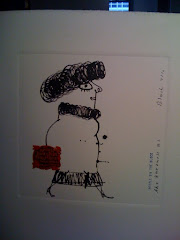.jpg)
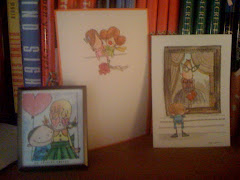.jpg)
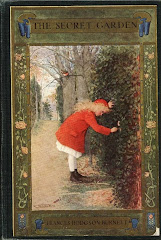

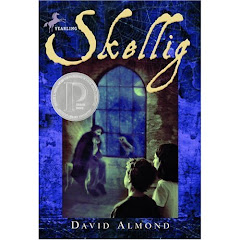
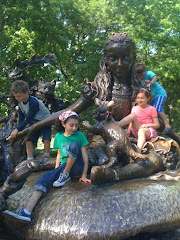.jpg)
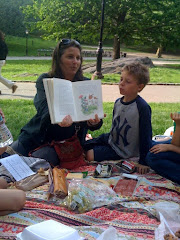.jpg)








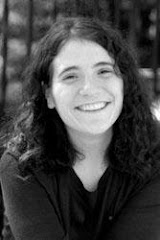






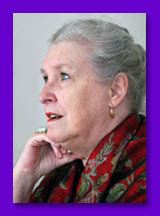

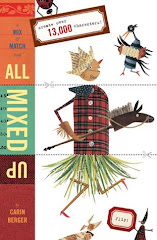


























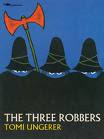








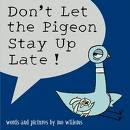
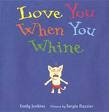










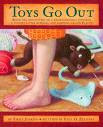

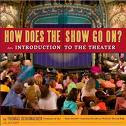






No comments:
Post a Comment